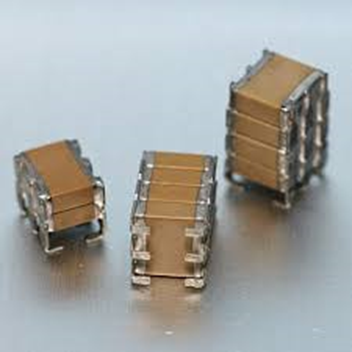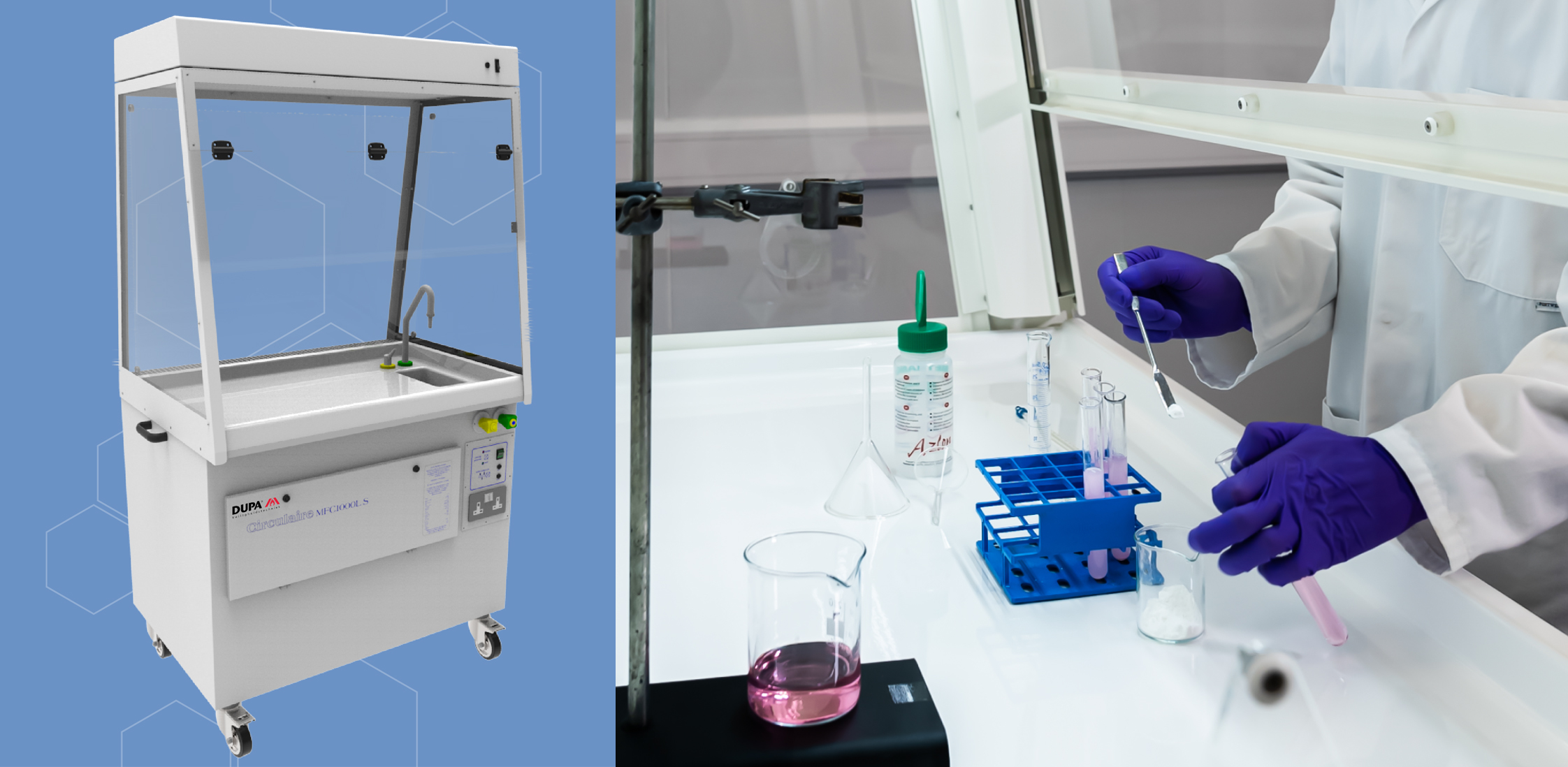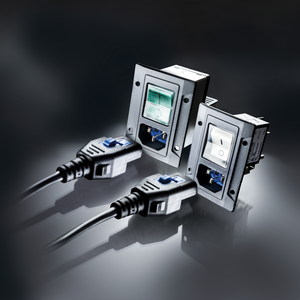 Door: Nijkerk Electronics
Door: Nijkerk Electronics Many years ago, MLCC technology was proven to be a reliable method of filtering power applications. MLCC filter caps quickly replaced Aluminum Electrolytic and Tantalum capacitors and have become the preferred filtering devices in many applications. With lower ESL and ESR, MLCC’s require much lower capacitance values to achieve the reduced noise levels required. As board space has shrunk in applications such as power supplies, DC to DC converters and other power conversion devices, it has become more problematic to achieve the high CV levels for filter capacitors. Exacerbating the problem is the push for higher switching frequencies in switch mode powers supplies, which require even lower levels of ESL to smooth the ripple effects.
HolyStone enters stacked MLC capacitors
While the two dimensional board space has been constrained or even reduced, there is typically headroom available for filter caps. Stacked capacitors consist of from one to 5 (or more) chip capacitors stacked and soldered to dual in-line lead frames. These lead frames can be through hole (N leads) or surface mountable (J or L leads). The chip capacitors can be stacked either vertically or horizontally, depending on the manufacturing process and the customer application but in either case, they take advantage of headroom that may be available. The footprint of the stacked caps is the same as for an individual chip cap of the same size being surface mounted to the printed circuit board.
In addition to having minimal impact on the ESL and ESR of the capacitors, because of the distributed current path through the multiple leads protruding from the lead frames, stacked caps provide protection from both physical and thermal stresses associated with handling, soldering, and subsequent processing of the printed circuit boards to which they are soldered. The ESL and ESR performance is a blessing for circuit designers who need low levels to properly condition the signals. The mechanical and thermal protection allows their designs to be manufactured and tested with high yields and to perform to high standards in the customer applications.
Ripple Current, ESR, and ESL
As frequencies for switching mode power supplies has been driven up, the electrical parameters of the filters used have changed. At lower frequencies, ESR was the dominant concern for filter caps. At higher frequencies, ESL has also come to be very important.
Stacked caps are designed to optimize both ESR and ESL through reverse aspect ratio electrode designs and the distributed current path leadframe designs and a host of other less significant design features. Stacked caps were in fact developed to address the shortcomings of Aluminum Electrolytic, Film and Tantalum capacitors specifically for switchmode power supply filtering.
More CV per footprint area
MLCC manufacturing processes are all limited to a maximum thickness capacitor that can be manufactured. Variations exist among the manufacturers, but each has an upper limit, effectively limiting the maximum capacitance achievable in a single chip cap. Granted, some manufacturers have the ability to utilize thinner dielectric layers giving them the ability to increase capacitance but this usually comes at the expense of voltage ratings. Without increasing the footprint on the board, designers are limited to the CV product that they can design for surface mount caps.
Stacked caps change all that. Depending on the headroom available, maximum CV products can be increased by a factor of from 2 to 5. A typical 1825 cap rated at 500VDC may be limited to around half microfarad. By utilizing a 4 stack design, this can be increased to nearly 2 microfarads at a 500VDC rating. And if specified with J or L leads, the stack is surface mountable. HolyStone now offers 5 standard sizes (1210, 1812, 1825, 2220, and 2225) in single through 5 stacks (HolyStone SMC Range).
Leads, Leadframes, Handling, and Soldering
Through hole leadframes employed by stacked cap designs offer big improvements in ESL and ESR over radial or axial leads. Further, the J and L versions of the leadframes allow surface mounting. Most sizes of stacked caps can be taped and reeled further lending themselves to automated pick and placement.
N-Lead (through-hole) L-Lead (surface mount) J-Lead (surface mount)
Given their large size, care must be taken in handling and storage of stacked caps. Care should be taken not to allow stacked caps to come into contact with one another or to allow them to be dropped or otherwise mechanically shocked. Similar precautions need to be taken after they are soldered to the PCB as would be common sense.
Similar care must be taken during soldering as ceramics are poor conductors of heat and can easily be thermally shocked and damaged. Some typical rules for soldering stacked caps are:
- Use of solder irons is discouraged. If rework or touch up is required, use an iron with the lowest possible wattage rating (< 30 watts if possible) and avoid contact with the ceramic itself. Best practice would be to allow the solder iron tip to contact the solder pads on the board only and not the leadframe or ceramic body.
- For other soldering methods the following rules apply:
- Preheat to a minimum of 150°C. o Limit heating rate to a maximum of 3°C per second.
- Limit cooling rate to a maximum of 3°C per second.
- Shield the parts from cool or moving air after soldering to prevent sudden temperature changes. Never immerse in solvent unless the component temperature is less than 100°C.
- Stacked caps are typically assembled with high temperature solders and can withstand normal wave, vapour, or convection methods. It is a good idea to profile the soldering process to ensure that the peak and dwell times are compatible with the components being soldered.
Conclusions
Designers now have much more flexibility in board layouts requiring capacitive filters. Up to 5 times the CV product can be achieved in the same footprint provided that headroom is available. And, the higher ratings come with no penalty to electrical performance. In fact stacked capacitors provide added protection from both mechanical and thermal stresses. Surface mountable stacked capacitors offer solutions to problems commonly faced by designers including space and weight reduction, higher frequencies, and thermal and mechanical mismatches. HolyStone stacked caps are available commercially in volume. Tape and reel is available for most sizes and lead times are very competitive.
Go to the Nijkerk Electronics website for all the details about the HolyStone SMC Range.
For more information please contact Nijkerk Electronics.




